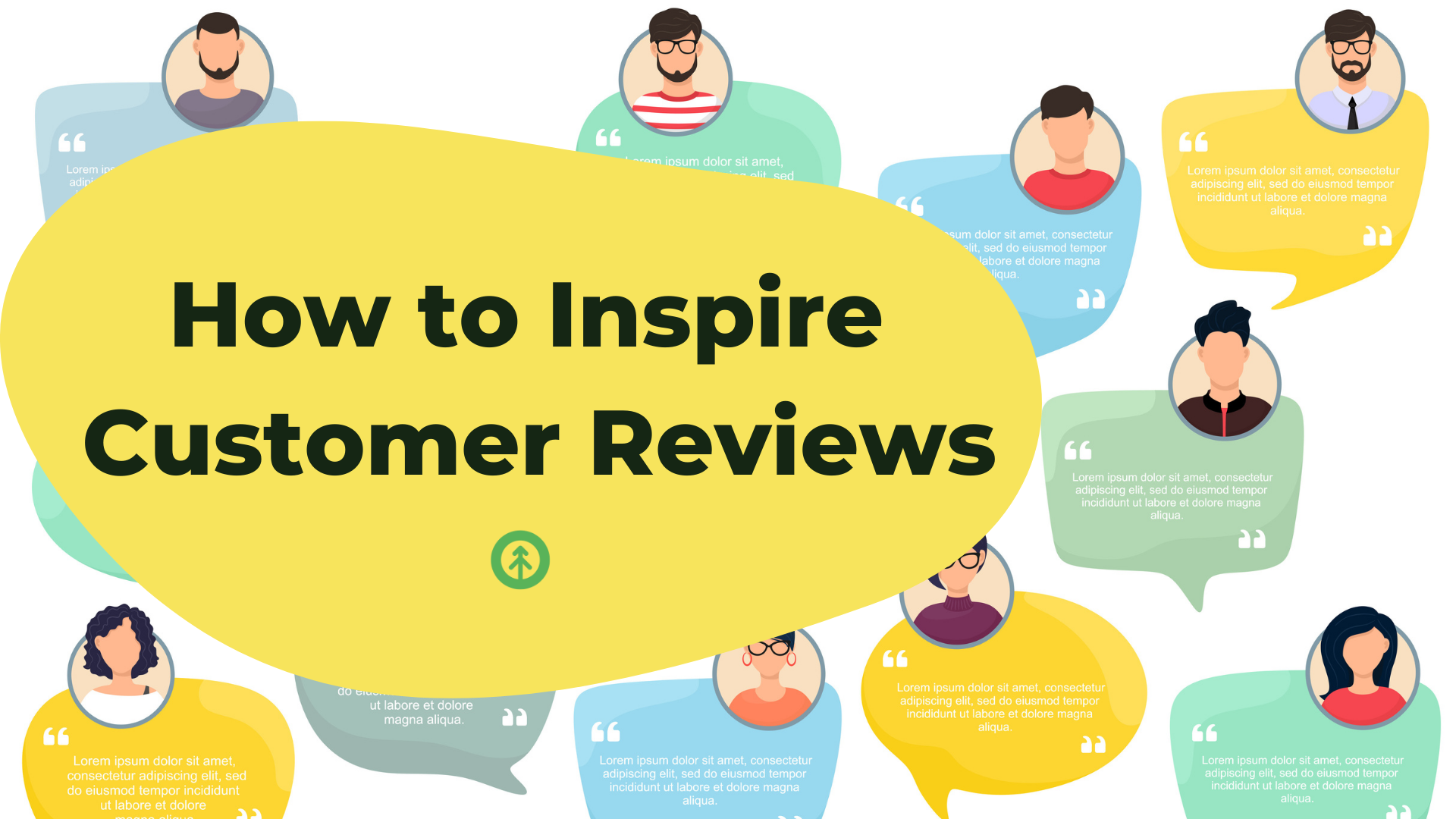How to Foster Customer Retention for Growth
On this page
Once a sale is won, the service team takes action to onboard, accommodate, or deliver your product to your customer. This is when the third portion of the flywheel kicks in: delight.
Building on the relationship developed during the sales process, service teams strive to meet and exceed expectations to turn customers into repeat customers and evangelists.
But keeping customers happy takes planning, effective internal communication, and strategy. Here are eight ideas for building a customer retention strategy.

One: Plan Your Customer’s Experience
When you’re consistent, you create trust. That’s just an interpersonal law.
Evaluate each customer touch point. Does each interaction positively contribute to a delightful experience? By considering your customer’s needs at each step of their journey, you can then work with your customer service team to develop tools and processes to improve your customer’s experience.
For companies, like SaaS, whose customers may require training or support to get up and running, structured onboarding is key. Onboarding is the process of educating new customers about how to use your product or service.
For example, a B2C business like REI has consistently delighted their strong customer base for over 82 years by including them in the establishment of their overall mission and the unique “custom-er” experience.
REI has so consistently inspired and educated customers about the outdoors that they are now almost synonymous with environmental stewardship and outdoor recreation. That’s the power of great customer service.
Customers learn to trust you when you consistently delight them by delivering on your promises to them.
PRO TIP: A smooth customer experience is made up of specific plans for what onboarding and assisting new customers should look like. Create internal processes with complete documentation for your team and outline your customer experience policy to share with customers.
When you have clear processes for each activity, your team can be more efficient, and customers can gather insight into what you’re going to do for them, and when.
Two: Feature Your Case Studies During the Sales Process
When you share case studies with prospects during the sales process, you reveal your company's communication style, how much you collaborate with customers, and the results you’ve achieved for them.
This can determine from the get-go if you’re a good fit with the prospect which is truly helpful.
To show how much you are a true partner to your customers, share testimonials from your current customers.
This works to set expectations that are appropriate and easy to achieve for your customers which equals happiness all around.
Three: Connect Customers with Your Whole Team
If a customer's main connection to your business is built on one relationship, that’s a customer at risk of leaving due to employee turnover.
Change in staff can put the entire customer relationship in jeopardy — and, in turn, your company's customer retention rate.
Make a goal to have customers build relationships with multiple members of your team so that they are supported through promotions and staff changes.
Ideas for involving your whole team:
- Share behind the scenes pictures of your team working on the customer’s latest project.
- Highlight different team members in your social media posts (like we did here on our Instagram).
- Invite different members of your team to working lunches that you host with customers so that they all get to know each other.
Four: Develop Your Customer Loyalty Program
Foster customer loyalty, retention, and delight by providing even more value to your customers through a loyalty or rewards program.
Helpful content from your team, bonuses, gamification, and rewards for referrals are simple ways to create customer retention and inspire true loyalty. Examples of customer loyalty programs are available in this blog post.
Five: Communicate + Celebrate Beyond the Sale
How do you reinforce the ongoing benefits or value of your product beyond the sale?
Some companies use reporting or dashboards to reinforce results and ROI.
Companies like ClassPass and Peloton cheerlead their customers for reaching milestones like their 10th new class or their 100th ride. This helps to motivate and inspire customers to stay engaged with their product.
Spotify’s take on this is the “Year in Review” which is a highly shareable report of their user’s listening trends, and the musical development those trends inspired. Celebrations like this let customers see (and share!) the ongoing value and benefits of your service.
Delivering results and ROI for your customers inspires them to stay more than anything else.
If your company creates leads, MQLs, SQLs, lifetime value, or customer retention for your customer’s business, you’ve got a friend for life.
To make that happen, you need a tracking and reporting system that proves the metrics that really matter to the customer, which should align with the goals you set together.
Be open about the activities you completed within the time frame, the results, opportunities for improvement, and what you’re going to do next to help your customer.
Show the customer exactly where the team is in a project with a project management tool to really keep them delighted with what you can do for them.
Six: Give Your Customers the Tools They Need to Succeed
Delays in service are a sure way to add to a customer’s frustration. Thanks to technology, there’s no need for multi-hour hold times, and in most instances, customers shouldn’t even need to pick up the phone to get the help they need from your business.
Implement tools like automated chat, help desks, community forums, and knowledge bases that empower your customers by giving them access to resources that enable them to help themselves with common problems or questions.
Consider your customer’s path to purchase to determine the best way to help them solve issues they might have with your product or service.
For example, if your products are purchased online or through a mobile app, you can rest well knowing your customers have the tech skills necessary to use mobile or online solutions like chat, texting, and forums. So, make sure they have those tools available so that they get the help they need exactly when they need it.
Create and share blog articles that help your customers achieve their individual business goals. Over time, you can establish your business as a thought leader in your industry, and then your blog becomes a source of information for customers and customers-to-be, too.
Seven: Ask for Feedback, and Act On It
Follow up with customers post sale to capture their feedback. Not only do you show the customer that you care, but you also gain valuable insights from their perspective.
Stay on top of customer reviews and pay attention to trends or patterns in customer dissatisfaction so that you can fix whatever isn’t working.
Additionally, ask your entire service team, including the decision-maker, for regular feedback. Track trends with a customer feedback tool so that you can watch the data and prevent drops in customer satisfaction.
Eight: Maintain Communication Records
One of the best ways to maintain strong customer relationships is to give their communication history a home that’s accessible to the appropriate teams within your company.
To achieve this, adopt a CRM where you can gather and store meeting notes, phone call records, and support tickets.
Detailed notes and a complete history of the relationship can be easily recorded which can serve as supporting documentation if something goes wrong—or (better!) communicate ways to delight the customer through the shared knowledge of every team member in your company.
Your company's culture, leadership, and business practices all work together to retain customers, but creating a strategy that every team member in your company can adopt to gain the loyalty of as many customers as possible is the most reliable plan for customer retention.

We delight in delighting our clients at Growth. Our agile team inspires loyalty every day with their talents and skills, but they’re exceptionally friendly and helpful to boot. Let us delight you. Set up a meeting with exceptional humans.
Explore More Insights: Related Blog Posts
-
 HubSpotFeb 7, 2022
HubSpotFeb 7, 2022 Growth Marketing Firm
Growth Marketing FirmHow to Inspire Customer Reviews
Growth Marketing Firm · How To Inspire Customer Reviews Positive customer reviews = social proof = more...
-
 Inbound MarketingDec 29, 2020
Inbound MarketingDec 29, 2020 Ashley Lilly
Ashley LillyBuilding Your Customer Avatar: Who is your Ideal Customer?
(Last updated May 3, 2022) Every business should have a solid understanding of its ideal customer so that...
-
 HubSpotFeb 1, 2022
HubSpotFeb 1, 2022 Growth Marketing Firm
Growth Marketing Firm7 Ways to Improve UX with HubSpot Chatbots
Nothing can take the place of good ole human-to-human conversation to solve a problem and offer up a perfect...
-
 HubSpotSep 28, 2021
HubSpotSep 28, 2021 Growth Marketing Firm
Growth Marketing FirmHubSpot Automation for Each Phase of the Flywheel
(Last updated July 29, 2022) Automations are triggered actions that occur automatically when a person...
-
 Inbound MarketingMar 14, 2022
Inbound MarketingMar 14, 2022 Growth Marketing Firm
Growth Marketing FirmHow to Create Productive CTAs
Inbound marketing focuses on creating valuable content that customers can really use in order to build...
-
 Sales EnablementDec 10, 2021
Sales EnablementDec 10, 2021 Growth Marketing Firm
Growth Marketing FirmCustomer Segmentation Strategies for Growth
Customer segmentation is the process of grouping your customers together based on the factors (e.g....
-
 Inbound MarketingApr 13, 2021
Inbound MarketingApr 13, 2021 Ashley Lilly
Ashley LillyHubSpot: An Inbound Marketing Engine
(Last updated on May 10, 2022) If you think CRM software is just about contact management for your sales...
-
 RevOpsOct 18, 2021
RevOpsOct 18, 2021 Growth Marketing Firm
Growth Marketing FirmWhat is RevOps? Revenue Operations in a Nutshell
(last updated August 22, 2022) In the last week, over 500 new management jobs in RevOps have been posted on...
-
 Inbound MarketingSep 20, 2021
Inbound MarketingSep 20, 2021 Growth Marketing Firm
Growth Marketing FirmBuilding Relationships with Lead Nurturing
Gaining a new lead for your business through your marketing efforts requires a ton of strategic and creative...
